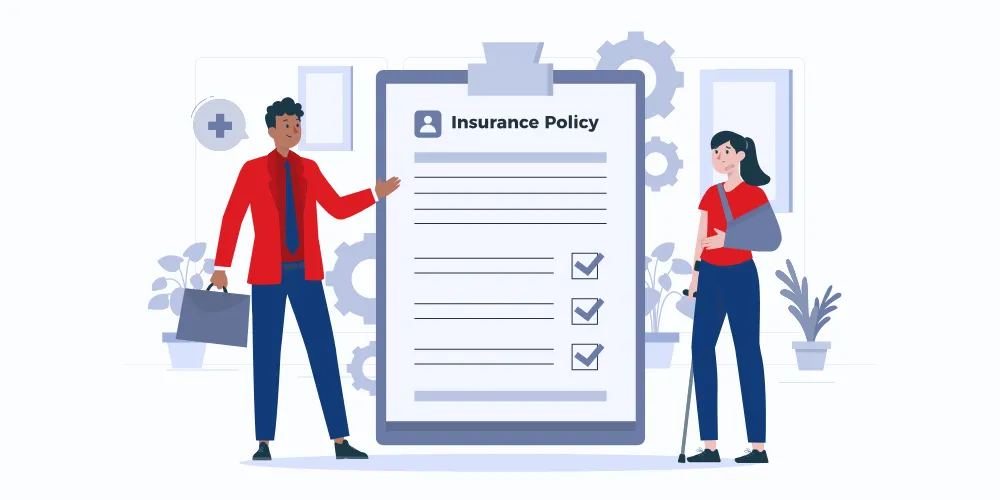ASC 606 is a revenue recognition standard that provides a unified framework for recognizing revenue across industries. It ensures consistency, transparency, and comparability in financial reporting. Standardizing how revenue is recognized from contracts helps stakeholders better understand a company’s financial health and performance.
Understanding the 5 Steps of ASC 606 Revenue Recognition
- Sumeet Shah
- Apr 10, 2025
- 4 min read
- Last updated on Nov 07, 2025
Introduction to ASC 606 Revenue Recognition
The ASC 606 revenue recognition standard has become a fundamental pillar in the accounting world, reshaping how companies perceive and report their revenue streams. Officially known as ASC 606 - Revenue from Contracts with Customers, this standard provides a comprehensive framework designed to supersede previous guidelines such as ASC 605. As a key element of the Generally Accepted Accounting Principles (GAAP), ASC 606 ensures that financial statements present a clearer picture of a company's financial health. Its adoption has led to more consistent and comparable revenue reporting across different industries.
The Necessity of Revenue Recognition Compliance
Maintaining compliance with ASC 606 is not simply a regulatory obligation but a strategic necessity for businesses. Accurate adherence to these revenue recognition steps enhances the credibility of financial statements, which is pivotal in nurturing investor confidence and ensuring business stability. Unlike its predecessor, ASC 605, ASC 606 introduces a more structured method to determine revenue, fostering transparency and efficiency. Companies are encouraged to revisit compliance strategies to align with this improved framework.
Overview of the 5 Steps for Revenue Recognition
ASC 606 outlines a 5-step process for revenue recognition, offering clarity and structure. Understanding these steps is crucial for anyone involved in financial reporting. Step one consists of identifying the contract with a customer, followed by pinpointing performance obligations. The next step requires determining the transaction price, which then needs to be allocated to the performance obligations. Finally, revenue is recognized as performance obligations are satisfied. This 5-step model lays a solid foundation for accurate revenue assessment.
Identify the Contract with a Customer
The initial step in the ASC 606 5-step process is the identification of the contract. Under ASC 606, a contract must be legally enforceable and define specific criteria. It commonly includes clear agreement terms between parties, identifiable payment terms, and the likelihood of collection. For example, if a company signs a contract with a customer providing specific goods or services at an agreed price, ASC 606 would consider this a formal agreement. Companies must evaluate the specifics of each agreement to determine its recognition as a valid contract.
Identify the Performance Obligations
Once a contract is established, the next phase involves identifying performance obligations. A performance obligation is a promise to transfer a distinct good or service to the customer. Under ASC 606 standards, each obligation must be identifiable within the contract. Companies need to assess their agreements to articulate what qualifies as a performance obligation, ensuring they can clearly outline each promised service or product.
Determine the Transaction Price
The transaction price is the amount expected in exchange for the goods or services. Factors affecting this step include variable consideration, financing components, non-cash consideration, and price allocations in bundled contracts. A clear understanding of these components ensures that the transaction price reflects the expected financial inflow, adhering closely to ASC 606 standards.
Allocate the Transaction Price to Performance Obligations
In this step, companies allocate the transaction price to each identified performance obligation in proportion to its standalone selling price. This allocation should reflect what the company expects to receive upon satisfying each obligation, adhering to GAAP. For instance, if distinct services are bundled, the allocation must represent each service’s relative value within the contract.
Recognize Revenue When (or As) Performance Obligations are Satisfied
Revenue is acknowledged when the promised goods or services are transferred to the customer. According to 606 revenue recognition rules, this can occur over time or at a point, depending on how performance obligations are satisfied. For instance, a software installation completed at once might recognize revenue at that particular time, while a subscription service might recognize revenue throughout the service agreement.
ASC 606 Guidance and Implementation
Implementing ASC 606 across a business requires a strategic approach and understanding. Utilizing resources such as an ASC 606 guide or seeking professional insight into ASC 606 guidelines can facilitate a smoother transition. Companies previously adhering to ASC 605 must adapt to these new requirements, possibly requiring adjustments and a comprehensive understanding through training or expertise consultations.
Examples and Case Studies
To illustrate successful ASC 606 implementation, consider a tech company offering licenses and consultation services. By clearly identifying these services as distinct performance obligations and allocating transaction prices accordingly, the company successfully aligns with the ASC 606 guidelines. It can provide clearer insights into its revenue patterns. Such examples highlight the practical implications and challenges in adopting these comprehensive guidelines.
Conclusion and Further Reading
Understanding and implementing the 5 steps of ASC 606 revenue recognition is integral for modern businesses. For those eager to delve deeper, numerous resources such as ASC 606 overviews and official updates provide valuable insights. Organizations are encouraged to continuously educate their teams and refine strategies to stay abreast of changes within the accounting landscape. Adopting these principles not only enhances compliance but also reinforces the integrity of financial reporting.
Frequently Asked Questions
What is ASC 606, and why is it important?
How does ASC 606 impact contract-based businesses?
Contract-based businesses must analyze contracts in detail to identify obligations and properly allocate revenue. It can affect the timing of revenue recognition and requires more detailed disclosures. ASC 606 promotes better alignment between revenue and performance, especially for multi-element contracts or recurring service models.
What challenges do companies face when implementing ASC 606?
Common challenges include interpreting complex contracts, managing data across systems, and adjusting accounting processes. Companies may also need to retrain teams and upgrade software to comply. Ensuring consistency and audit readiness across departments requires finance, legal, and operations coordination.
Does ASC 606 apply to all types of revenue?
ASC 606 applies to all contracts with customers, regardless of industry, unless specifically excluded (e.g., lease contracts, insurance). It covers product sales, services, subscriptions, and bundled offerings. Businesses must evaluate how each revenue stream fits into the five-step model to ensure accurate and compliant reporting.




